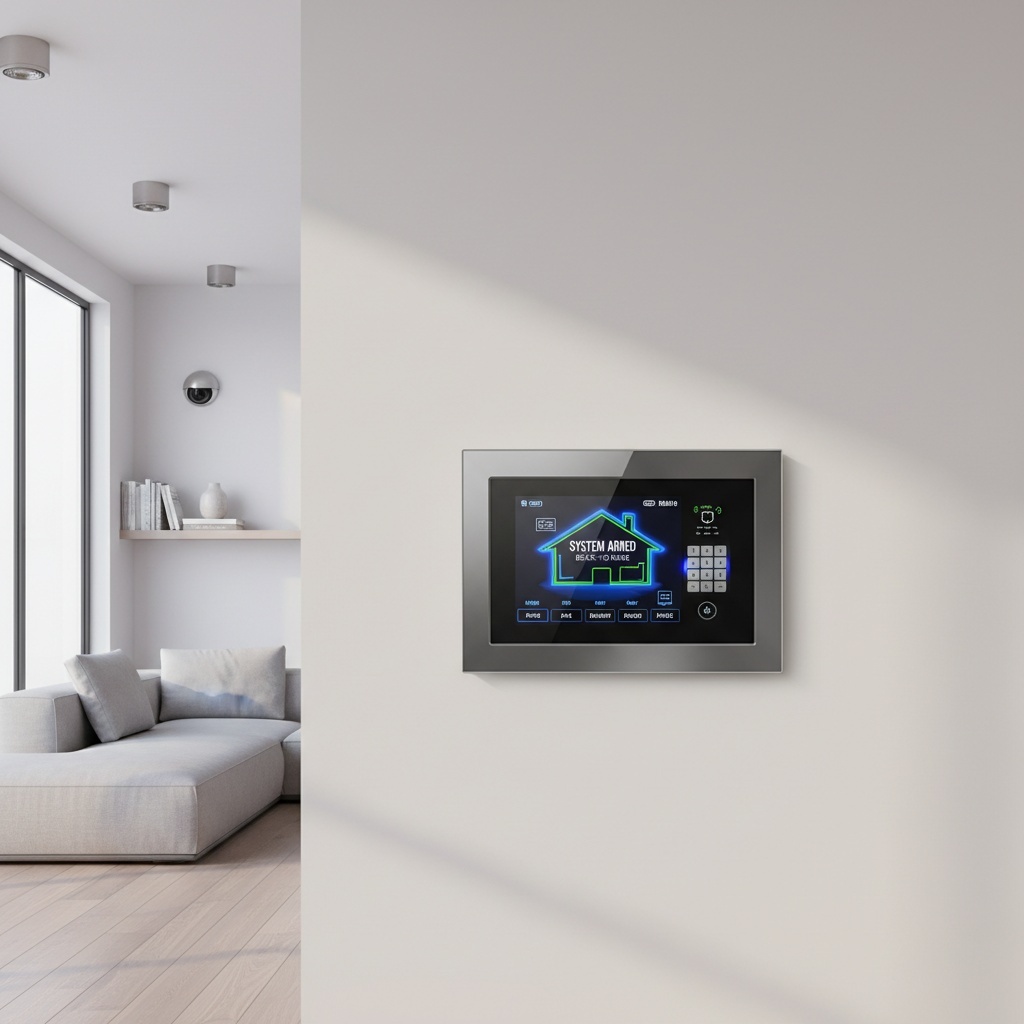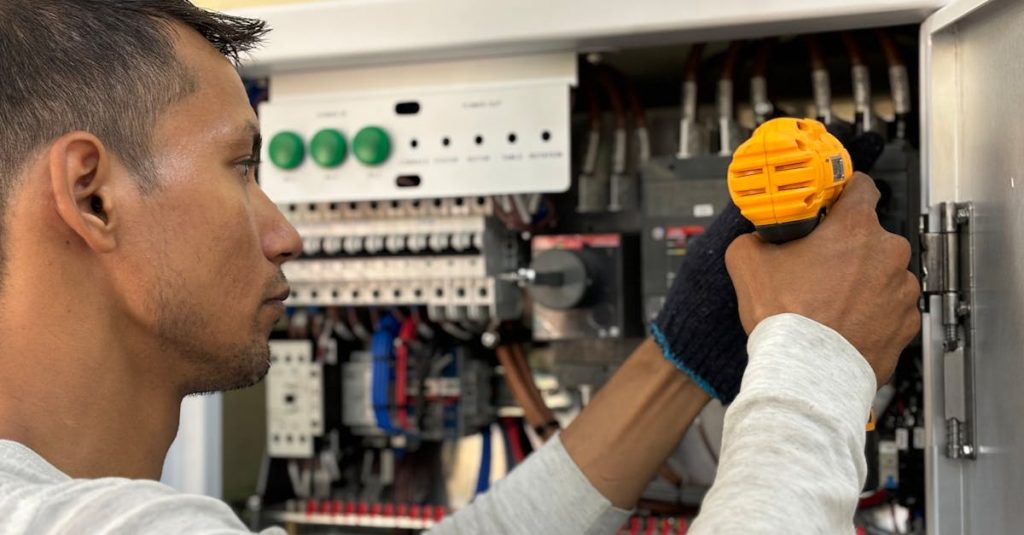A Buyer’s Guide
Back-to-base alarms are an essential component of modern security systems, designed to provide a robust layer of protection for both residential and commercial properties. These systems operate by connecting an alarm at the premises to a central monitoring station, often referred to as the “base.” When an alarm is triggered, it sends an immediate alert to the monitoring center, which can then take appropriate action, such as notifying the authorities or dispatching security personnel. This real-time communication ensures that any potential threats are addressed swiftly, minimizing the risk of loss or damage.
The concept of back-to-base alarms has evolved significantly over the years, incorporating advanced technology and features that enhance their effectiveness. With the integration of wireless communication, smart technology, and mobile applications, users can now monitor their properties remotely and receive instant notifications on their smartphones. This level of connectivity not only provides peace of mind but also empowers property owners to take proactive measures in safeguarding their assets.
Understanding how these systems work and their various components is crucial for anyone considering investing in a back-to-base alarm system.
Key Takeaways
- Back-to-Base alarms are security systems that are connected to a monitoring service, which alerts authorities in case of an emergency.
- When choosing a back-to-base alarm, consider factors such as the size of your property, the level of security needed, and the reliability of the monitoring service.
- Types of back-to-base alarms include wireless alarms, hardwired alarms, and smart home security systems with back-to-base monitoring capabilities.
- Benefits of back-to-base alarms include 24/7 monitoring, immediate response to emergencies, and potential discounts on insurance premiums.
- When choosing a monitoring service for your back-to-base alarm, consider factors such as their response time, reputation, and additional services offered.
Factors to Consider When Choosing a Back-to-Base Alarm
When selecting a back-to-base alarm system, several factors must be taken into account to ensure that the chosen solution meets your specific security needs. One of the primary considerations is the type of property being protected. Residential homes may require different features compared to commercial buildings, such as the number of entry points, the layout of the premises, and the level of foot traffic.
Additionally, understanding the unique vulnerabilities of your property can help in determining the most effective alarm system configuration. Another critical factor is the level of monitoring service you desire. Some systems offer basic monitoring services, while others provide comprehensive packages that include 24/7 surveillance, emergency response coordination, and even video verification.
It’s essential to assess your budget and security requirements to find a balance between cost and functionality. Furthermore, consider the reputation and reliability of the monitoring service provider, as their response time and professionalism can significantly impact the effectiveness of your alarm system.
Types of Back-to-Base Alarms

Back-to-base alarm systems come in various types, each designed to cater to different security needs and preferences. One common type is the wired alarm system, which connects directly to the monitoring station through physical cables. While these systems are often more reliable in terms of connectivity, they can be more challenging to install and may require professional assistance.
Wired systems are typically favored for larger properties where extensive coverage is necessary. On the other hand, wireless back-to-base alarms have gained popularity due to their ease of installation and flexibility. These systems use radio signals to communicate with the monitoring center, eliminating the need for extensive wiring.
Wireless alarms are particularly advantageous for renters or those looking to avoid invasive installation processes. Additionally, some modern systems incorporate smart technology, allowing users to control their alarms via mobile apps and receive real-time alerts on their devices. This innovation has made it easier than ever for property owners to stay connected and informed about their security status.
Benefits of Back-to-Base Alarms
| Benefits of Back-to-Base Alarms |
|---|
| 24/7 Monitoring |
| Immediate Response to Emergencies |
| Reduced Risk of Theft and Vandalism |
| Potential Insurance Discounts |
| Peace of Mind for Homeowners and Business Owners |
The advantages of back-to-base alarms extend beyond mere deterrence against intruders. One of the most significant benefits is the rapid response capability they offer. In the event of a security breach, the monitoring center can quickly assess the situation and alert local law enforcement or emergency services.
This swift action can be crucial in preventing theft or damage to property, providing an added layer of protection that standalone alarms cannot match. Moreover, back-to-base alarms often come equipped with additional features that enhance overall security. Many systems include motion detectors, glass break sensors, and even environmental monitoring for smoke or carbon monoxide detection.
These integrated features create a comprehensive security solution that addresses various potential threats. Additionally, having a professionally monitored system can lead to lower insurance premiums, as many insurance companies recognize the reduced risk associated with properties equipped with such alarms.
Choosing the Right Monitoring Service for Your Back-to-Base Alarm
Selecting an appropriate monitoring service is a critical step in ensuring the effectiveness of your back-to-base alarm system. Not all monitoring services are created equal; therefore, it’s essential to research and compare different providers based on their reputation, response times, and customer service quality. Look for companies with a proven track record in the industry and positive reviews from existing customers.
Another important aspect to consider is the level of support offered by the monitoring service. Some providers may offer additional services such as video surveillance integration or home automation features that can enhance your overall security experience. Additionally, inquire about their emergency response protocols and how they handle various situations.
A reliable monitoring service should have clear procedures in place for different types of alerts and be able to communicate effectively with local authorities when necessary.
Installation and Maintenance of Back-to-Base Alarms

Proper installation and ongoing maintenance are vital components of any back-to-base alarm system. While some homeowners may opt for DIY installation, enlisting professional help can ensure that the system is set up correctly and functions optimally. Professionals have the expertise to assess your property’s unique security needs and recommend the best placement for sensors and cameras to maximize coverage.
Maintenance is equally important in keeping your alarm system in top working condition. Regular checks on battery life, sensor functionality, and software updates can prevent potential issues from arising when you need your system most. Many monitoring services offer maintenance packages that include routine inspections and troubleshooting support, providing peace of mind that your security system remains reliable over time.
Budgeting for a Back-to-Base Alarm System
When considering a back-to-base alarm system, budgeting is a crucial aspect that cannot be overlooked. The initial cost of purchasing and installing an alarm system can vary significantly based on factors such as the type of system chosen, the number of sensors required, and any additional features desired. It’s essential to create a comprehensive budget that accounts for both upfront costs and ongoing monthly monitoring fees.
In addition to these costs, consider potential savings associated with having a monitored alarm system. Many insurance companies offer discounts on premiums for homes equipped with professional security systems, which can help offset some of the initial investment over time. By carefully evaluating your budget and weighing both costs and benefits, you can make an informed decision that aligns with your financial situation while ensuring adequate protection for your property.
Comparing Different Back-to-Base Alarm Brands
With numerous brands available in the market offering back-to-base alarm systems, it’s essential to conduct thorough comparisons before making a purchase decision. Start by researching reputable brands known for their reliability and customer satisfaction. Look for reviews from current users to gain insights into their experiences with specific systems.
When comparing brands, pay attention to key features such as ease of use, installation requirements, customer support availability, and warranty options. Some brands may offer advanced technology integrations or unique features that set them apart from competitors. By taking the time to evaluate different options carefully, you can select a back-to-base alarm system that not only meets your security needs but also provides long-term value and peace of mind for you and your family or business.
For those interested in a comprehensive understanding of back-to-base alarms, a valuable resource to consider is the article titled “Enhancing Security with Advanced Alarm Monitoring Systems.” This piece delves into the technological advancements and benefits of integrating sophisticated monitoring solutions into your security framework. It complements the insights provided in the “Buyer’s Guide to Back-to-Base Alarms” by offering a broader perspective on how these systems can be optimized for enhanced protection. You can read more about it by visiting the following link: Enhancing Security with Advanced Alarm Monitoring Systems.
FAQs
What is a back-to-base alarm system?
A back-to-base alarm system is a security system that is connected to a monitoring center, which can alert authorities in the event of a break-in or other emergency.
How does a back-to-base alarm system work?
When the alarm is triggered, it sends a signal to the monitoring center, which then contacts the appropriate authorities or the homeowner, depending on the situation.
What are the benefits of a back-to-base alarm system?
Some benefits of a back-to-base alarm system include 24/7 monitoring, quick response to emergencies, and potential discounts on home insurance.
What features should I look for in a back-to-base alarm system?
When choosing a back-to-base alarm system, consider features such as motion sensors, door and window sensors, a control panel with a keypad, and the ability to integrate with other smart home devices.
How much does a back-to-base alarm system cost?
The cost of a back-to-base alarm system can vary depending on the features and level of monitoring. It’s important to consider both the upfront cost and any ongoing monitoring fees.










